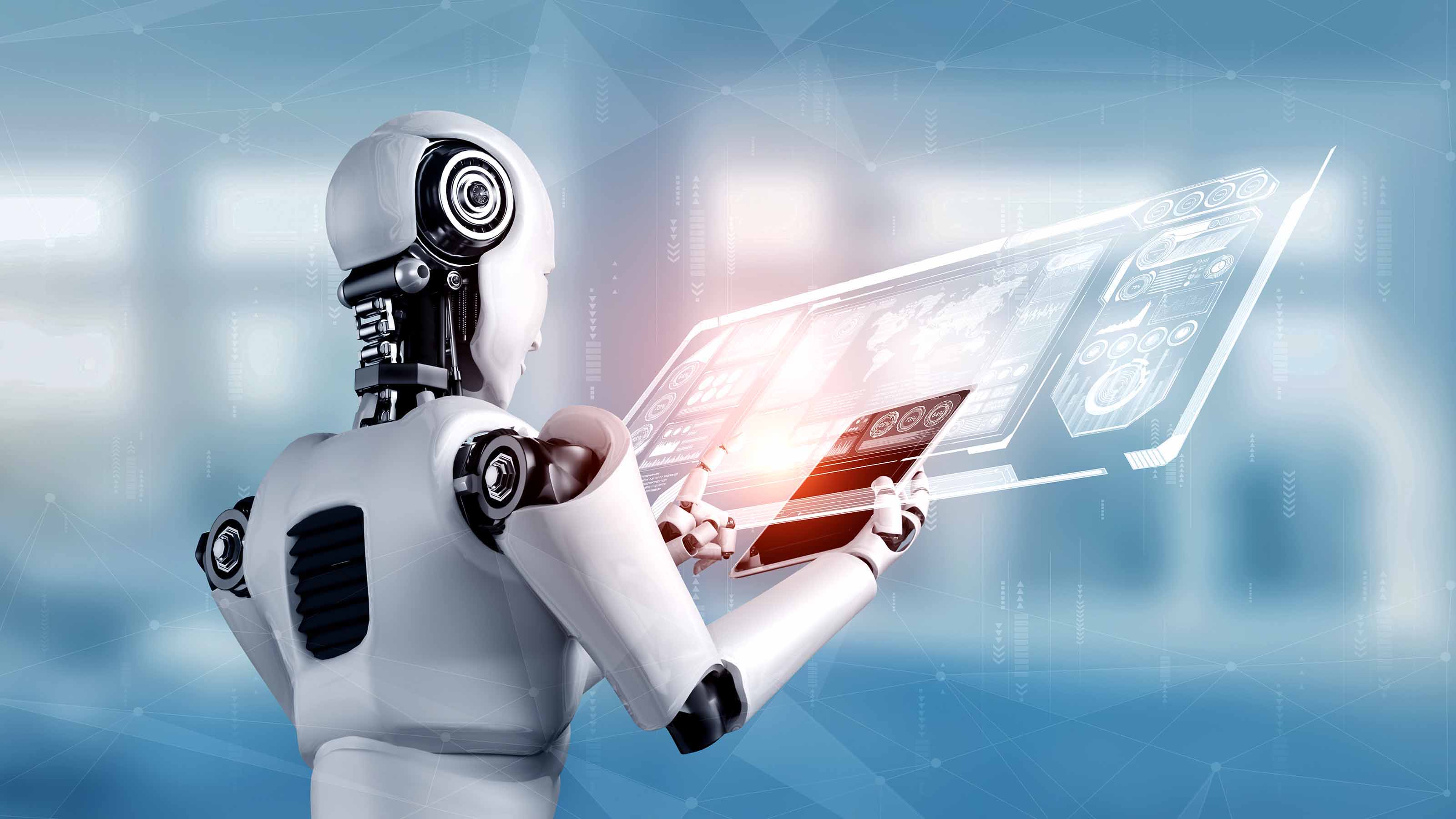China: How Its Slowdown Will Affect the U.S.
China’s economy is slowing visibly, diluting its impact as the major engine of global economic growth. Will that blunt the fragile U.S. recovery as well?
There’s no question that China’s economy is losing steam. The fast-rising economic juggernaut grew by only 7.6% during the year ending in the second quarter, it reported last week. That’s the slowest growth China has posted since the 2008 global financial collapse, and far below the 10%-12% pace it typically enjoyed before the recession.
SEE ALSO: New U.S.-China Rivalry: Vying for Asia's Trade
But China isn’t headed for anything like recession -- or even a hard landing, as some forecasters have feared. Though the growth rate of 7.5%-8% now predicted for the second half of 2012 won’t match China’s previous growth rates, it’s not a terrible performance, either. Compare it, for example, with the U.S.’s 2% pace of growth: an anemic recovery, but still not a recession.

Sign up for Kiplinger’s Free E-Newsletters
Profit and prosper with the best of expert advice on investing, taxes, retirement, personal finance and more - straight to your e-mail.
Profit and prosper with the best of expert advice - straight to your e-mail.
The slowdown in China is big enough, however, to have a modest impact on the global economy. China has been the single biggest contributor to global growth in recent years. Exporters from Europe and several Asian countries will be particularly hard-hit, and the overall world economy will lose some momentum.
By itself, the Chinese slowing can’t push the U.S. economy back into recession. But it does add to the already large risks posed by the continued disarray and economic slump in Europe and the prospect of Congress failing to avert the looming fiscal cliff -- deep, mandatory across-the-board budget cuts and tax increases scheduled for 2013.
In addition, the Obama administration’s hopes that China will move further away from being an export-led economy to one fueled more by domestic consumption, which presumably would spur more buying of U.S.-made products, also will be put on hold. China hadn’t made much progress before the current slowdown began and isn’t likely to now.
The slowdown may even prompt the country to return to relying on exports to boost its economic growth rate. That would mean more state support for exporting industries -- through subsidies and preferences -- plus increased tariffs and regulatory restrictions, new restraints on foreign imports and limiting any further increase in the value of the yuan.
Watch for a more defiant posture from Bejing on the geopolitical front as well, the classic blame-the-foreigners ploy, which China often adopts to divert public attention from an economic squeeze. Among the possible signs: more strident Chinese rhetoric and angrier responses to disputes over the Spratly Islands and the South China Sea.
It’s not clear where the Chinese economy will go from here. Although some forecasts predict that the slowdown has hit bottom and China will begin growing faster over the next few months, it’s also possible that its economy has shifted in some fundamental way, and that growth will continue at a 7%-8% pace indefinitely.
That’s what happened to Japan in the early 1970s. After growing at a double-digit rate for most of the 1960s, Japan’s economy slowed to a more sustainable pace once it had matured. Despite the slower growth, Japan remained an economic powerhouse well into the 1980s. China may be headed into the same kind of transition.
China itself doesn’t seem as worried as its trading partners do. Chinese leaders have said for months that they want to see growth cool to between 7.5% and 8.5% a year. The slowing has helped ease the property-buying bubble and roaring inflation that followed the nation’s 2009 stimulus package. And there’s no job shortage requiring more stimulus.
Indeed, the steps that Beijing has taken over the past few months to try to spur faster growth have been relatively modest. The central bank has cut interest rates somewhat and reduced the level of reserves that banks are required to hold. But neither has been of the size and at the pace that leaders ordered at the start of the 2008-2010 recession.
Technically, China can easily afford to finance a second major stimulus package. It has massive reserves (and massive needs). But there also are some constraints: Both government debt and household debt are rising. Banks aren’t eager to lend more for property buying. And any quick-payoff construction projects have already been built.
Moreover, China doesn’t want to repeat the aftereffects of the 2009-2010 stimulus package. Though it kept the economy from plunging into a recession, it left behind a hangover of soaring inflation and a property price bubble. Thanks to the slowdown, the inflation threat has ebbed, and the bubble is easing.
Get Kiplinger Today newsletter — free
Profit and prosper with the best of Kiplinger's advice on investing, taxes, retirement, personal finance and much more. Delivered daily. Enter your email in the box and click Sign Me Up.

-
 Six Ways to Pay Off High-Interest Debt (and Still Save for the Future)
Six Ways to Pay Off High-Interest Debt (and Still Save for the Future)Get out of debt and reach your goals sooner by starting with a well-thought-out plan.
By Kiplinger Advisor Collective
-
 Vaccines Medicare Covers for Free
Vaccines Medicare Covers for FreeThe U.S. is experiencing an outbreak of measles and is on track to have the most whooping cough cases since 1948; these vaccines Medicare covers for free can keep you safe.
By Donna LeValley
-
 AI Heads to Washington
AI Heads to WashingtonThe Kiplinger Letter There’s big opportunity for AI tools that analyze MRIs and other medical images. But also big challenges that clinicians and companies will have to overcome.
By John Miley
-
 The AI Doctor Coming to Read Your Test Results
The AI Doctor Coming to Read Your Test ResultsThe Kiplinger Letter There’s big opportunity for AI tools that analyze CAT scans, MRIs and other medical images. But there are also big challenges that human clinicians and tech companies will have to overcome.
By John Miley
-
 The New Space Age Takes Off
The New Space Age Takes OffThe Kiplinger Letter From fast broadband to SOS texting, space has never been more embedded in peoples’ lives. The future is even more exciting for rockets, satellites and emerging space tech.
By John Miley
-
 Rising AI Demand Stokes Undersea Investments
Rising AI Demand Stokes Undersea InvestmentsThe Kiplinger Letter As demand soars for AI, there’s a need to transport huge amounts of data across oceans. Tech giants have big plans for new submarine cables, including the longest ever.
By John Miley
-
 What DOGE is Doing Now
What DOGE is Doing NowThe Kiplinger Letter As Musk's DOGE pursues its ambitious agenda, uncertainty and legal challenges are mounting — causing frustration for Trump.
By Matthew Housiaux
-
 A Move Away From Free Trade
A Move Away From Free TradeThe Letter President Trump says long-term gain will be worth short-term pain, but the pain could be significant this year.
By David Payne
-
 Trump’s Whirlwind Month of Crypto Moves
Trump’s Whirlwind Month of Crypto MovesThe Kiplinger Letter The Trump administration wants to strengthen U.S. leadership in the cryptocurrency industry by providing regulatory clarity.
By Rodrigo Sermeño
-
 Donald Trump Tests His Limits
Donald Trump Tests His LimitsThe Kiplinger Letter President Encounters Legal Obstacles in Pursuit of Ambitious Agenda.
By Matthew Housiaux